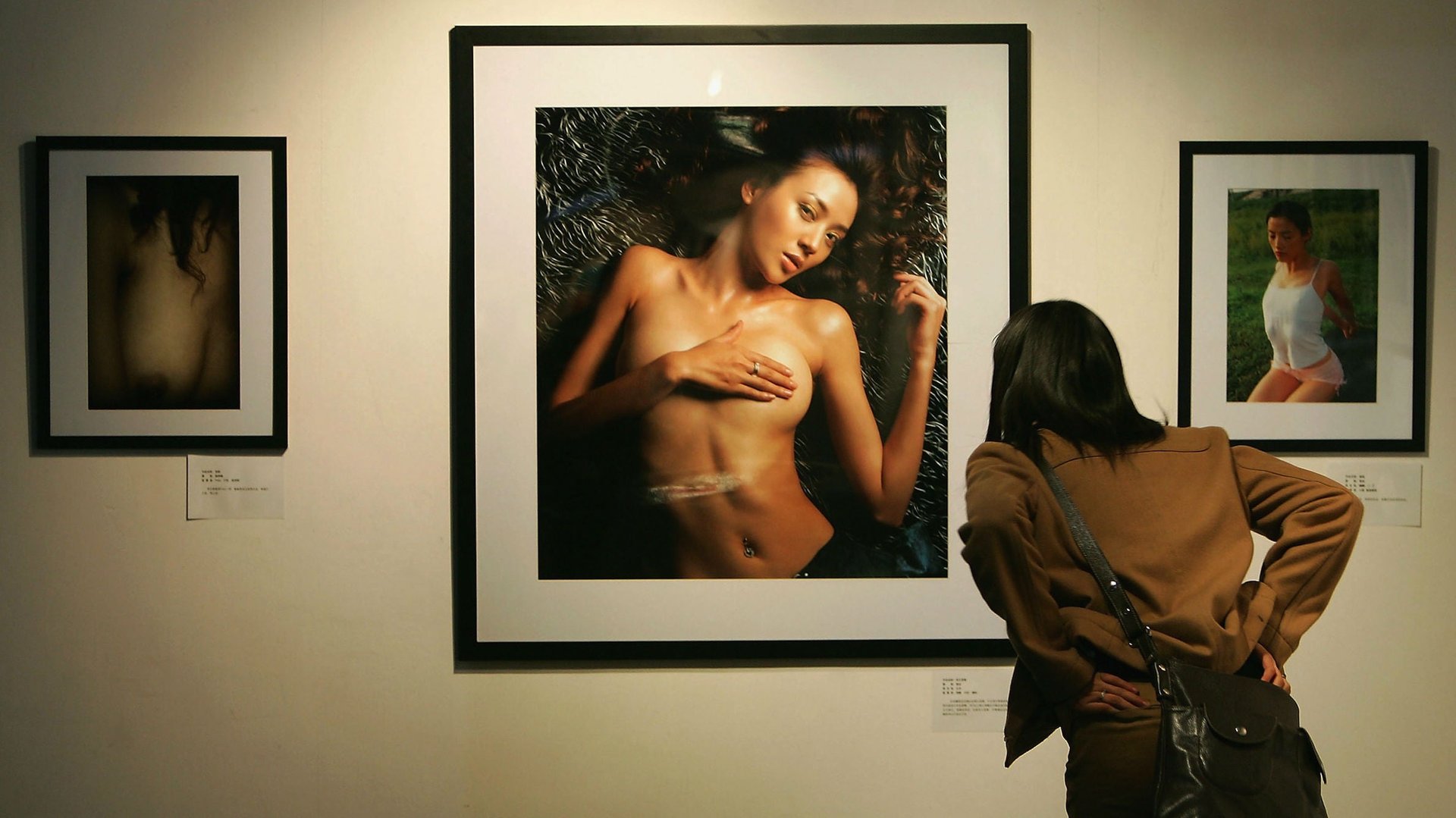Angelina Jolie reminds China that it’s woefully unprepared to fight breast cancer
In the US, hyper awareness of breast cancer could be prompting too many preventive operations. China has the opposite problem: women don’t know enough, or do enough, to fight the disease.


In the US, hyper awareness of breast cancer could be prompting too many preventive operations. China has the opposite problem: women don’t know enough, or do enough, to fight the disease.
After Angelina Jolie’s May 14 editorial in the New York Times about undergoing a double mastectomy, a Chinese translation (registration required) went viral on the microblog Sina Weibo, which was forwarded more than 80,000 times and generated thousands of comments within a day. Clearly Chinese citizens are interested in the repercussions of the disease. And yet, they appear unprepared to tackle it.
Breast cancer is now the most common form of cancer among women in China; 1.1 million new cases are diagnosed each year. The incidence of the disease is rising, a trend some have linked to Westernizing diets, environmental pollution and poor healthcare. Breast cancer mortality in China rose 155% between 1990 and 2005, compared with a 21% drop in the US (link in Chinese). One out of every 40 women in China is likely to be diagnosed with breast cancer in their lifetime, compared with one out of every eight in the US. Research published last year found that breast cancer mutations (referred to as BRCA1 and BRCA2) accounted for a “substantial proportion of hereditary breast/ovarian cancer in Southern Chinese population” in 69 of 451 cases analyzed (that’s 15% in China compared to less than 5% in the US).
And yet, only in 2008 did the country begin free breast cancer screening for rural women, which still isn’t available to urban residents. Also, diagnoses often come too late, when women are older and living with advanced stages of the disease.
Part of the problem is the shortage of doctors in China: There are about 710 patients per physician, according to 2011 data.
Because Chinese women risk developing the cancer at an earlier age, early prevention is all the more important. Chinese women are more likely to develop the disease between the ages of 40 and 49, compared to ages 50 to 79 for women in developed countries (pdf, p.46). As a result, the Chinese medical community now recommends that women start having annual mammograms between the ages of 30 and 35 (link in Chinese).
Still, three-quarters of Chinese women surveyed in a study last year had never had a mammogram. Of 400 women surveyed in Wuhan province, 75% of whom had never had a mammogram, the most common reasons were “low priority” given to the screening, that patients were “feeling OK,” or general “lack of awareness/knowledge toward breast cancer screening.” Will the Angelina Jolie of China please stand up?